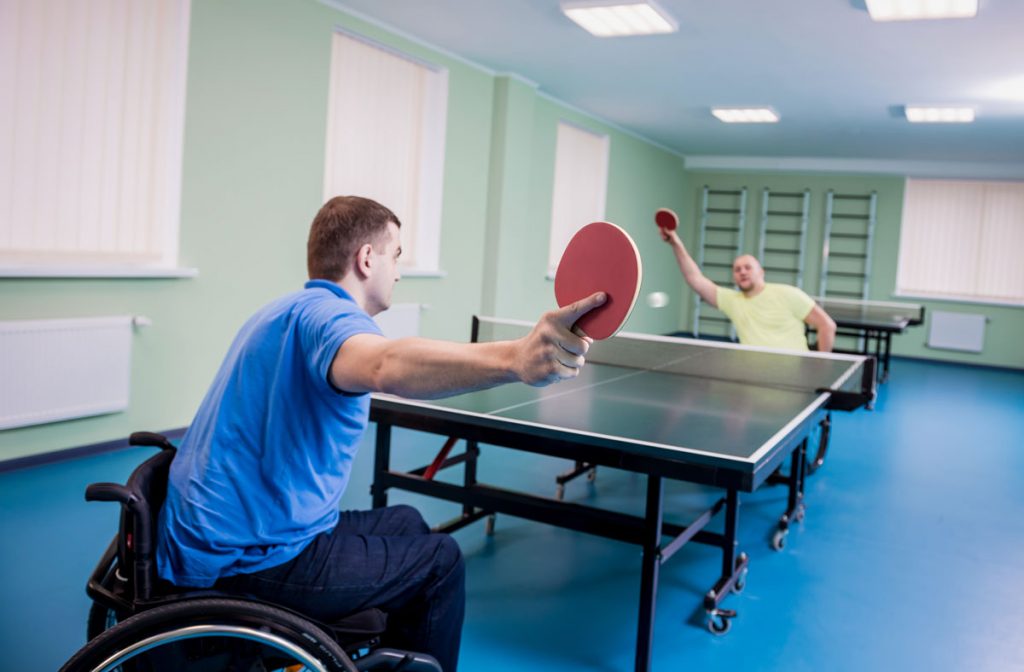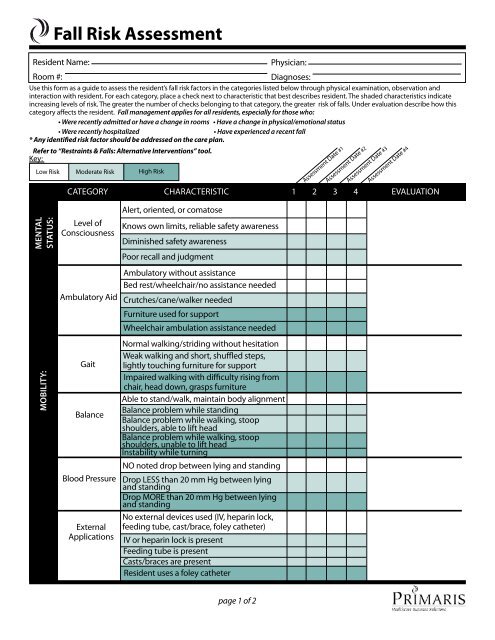The Single Strategy To Use For Dementia Fall Risk
Some Known Incorrect Statements About Dementia Fall Risk
Table of ContentsThe Best Strategy To Use For Dementia Fall RiskThe Only Guide for Dementia Fall RiskDementia Fall Risk - TruthsDementia Fall Risk - Truths
A fall danger analysis checks to see just how likely it is that you will certainly drop. The assessment generally includes: This includes a series of inquiries about your general wellness and if you have actually had previous drops or troubles with equilibrium, standing, and/or walking.STEADI consists of testing, evaluating, and treatment. Treatments are referrals that might lower your risk of dropping. STEADI consists of 3 actions: you for your threat of succumbing to your danger aspects that can be boosted to try to stop drops (as an example, equilibrium troubles, damaged vision) to reduce your risk of falling by using efficient approaches (for instance, giving education and sources), you may be asked numerous concerns consisting of: Have you dropped in the past year? Do you feel unstable when standing or strolling? Are you stressed over falling?, your provider will certainly examine your stamina, balance, and stride, making use of the adhering to loss analysis tools: This test checks your stride.
If it takes you 12 secs or more, it might mean you are at higher threat for a fall. This examination checks strength and balance.
The placements will get harder as you go. Stand with your feet side-by-side. Relocate one foot midway ahead, so the instep is touching the large toe of your various other foot. Move one foot totally before the various other, so the toes are touching the heel of your other foot.
Dementia Fall Risk Can Be Fun For Anyone
A lot of falls occur as an outcome of numerous contributing elements; for that reason, handling the threat of dropping starts with determining the variables that add to fall risk - Dementia Fall Risk. Several of the most relevant danger aspects include: Background of previous fallsChronic medical conditionsAcute illnessImpaired gait and equilibrium, lower extremity weaknessCognitive impairmentChanges in visionCertain high-risk drugs and polypharmacyEnvironmental variables can likewise enhance the threat for drops, consisting of: Poor lightingUneven or damaged flooringWet or unsafe floorsMissing or damaged handrails and grab barsDamaged or poorly fitted equipment, such as beds, mobility devices, or walkersImproper use assistive devicesInadequate guidance of the individuals residing in the NF, consisting of those that exhibit hostile behaviorsA successful loss risk monitoring program calls for a detailed scientific assessment, with input from all participants of the interdisciplinary group

The treatment plan must additionally include treatments that are system-based, such as those that promote a secure atmosphere (ideal illumination, hand rails, get hold of bars, and so on). The efficiency of the treatments ought to be examined regularly, and the treatment plan changed as needed to reflect modifications in the fall threat evaluation. Implementing an autumn risk administration system using evidence-based finest technique can minimize the frequency of falls in the NF, while restricting the capacity for fall-related injuries.
The Ultimate Guide To Dementia Fall Risk
The AGS/BGS guideline recommends screening all grownups matured 65 years and older for autumn danger each find out this here year. This testing is composed of asking people whether they have actually dropped 2 or more times in the previous year or looked for clinical interest for a fall, or, if they have not fallen, whether they feel unsteady when walking.
People who have fallen once without injury ought to have their balance and gait examined; those with gait or equilibrium abnormalities must get extra evaluation. A history of 1 fall without injury and without stride or equilibrium issues does not call for additional evaluation beyond ongoing yearly fall risk screening. Dementia Fall Risk. A loss danger evaluation is required as component of the Welcome to Medicare evaluation

Some Known Details About Dementia Fall Risk
Documenting a drops background is among the top quality signs for fall prevention and management. An essential component of danger assessment is a medicine review. Numerous click resources classes of drugs enhance loss threat (Table 2). Psychoactive medicines particularly are independent predictors of falls. These drugs tend to be sedating, modify the sensorium, and hinder equilibrium and gait.
Postural hypotension can frequently be relieved by decreasing the dosage of blood pressurelowering medicines and/or quiting medicines that have orthostatic hypotension as a negative effects. Use above-the-knee assistance tube and resting with the head of the bed boosted may likewise decrease postural reductions in blood pressure. The advisable components of a fall-focused health examination are received Box 1.

A Pull time higher than or equal to 12 seconds suggests high autumn danger. Being unable to stand up from a chair of knee elevation without making use of one's arms suggests boosted fall threat.